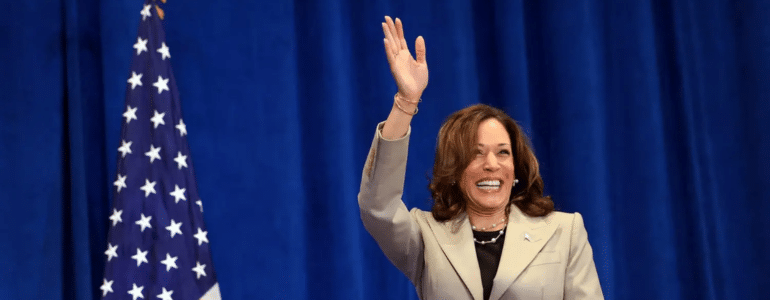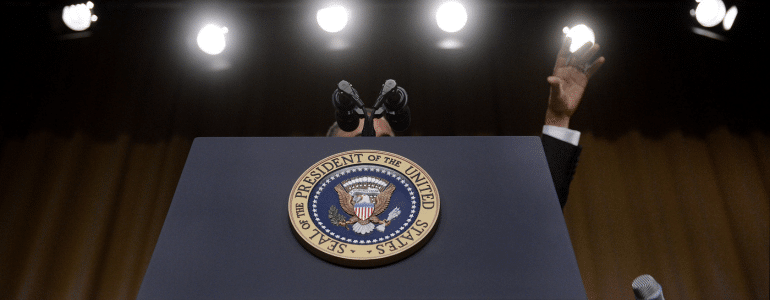The Demographics of the Broadway Audience 2013-2014
Extra, extra, read all about it! Broadway theatergoers are rich!
Ok, that’s just one of the obvious takeaways from this year’s demographic study of Broadway theatergoers and their buying habits, as performed by the Broadway League.
Despite some of the “duh” aspects of this study, there are a ton of interesting tidbits that Producers like me and you can learn from as we tailor our marketing (and our shows) to the audiences that fill Broadway houses each year. And just as I do every year when I get the study sent to me from the League, I bullet point the executive summary of the study here. (And you’ll see some notes from me laced between the results.)
Ready for ’em? Here are the standouts:
- In the 2013-2014 season, there was a record breaking 8.52 million admissions by tourists in the Broadway theatres, representing 70% of all tickets. Domestic tourists purchased approximately 49% of all Broadway tickets and international tourists, 21%. (NOTE FROM KEN: That means locals make up only 30% of our audience. So if your neighbor hasn’t seen your show, that doesn’t mean it won’t be a hit.)
- Sixty-eight percent of the audiences were female. (NOTE FROM KEN: If you’re a single dude, you should hang out at Broadway theaters.)
- The average age of the Broadway theatregoer was 44 years. (NOTE FROM KEN: I’m 2 years away from being average. I was born in 1972 and came of age in the 80s. My generation’s idea of a show is much different than someone who was a teenager in the 70s (no more dusty revivals, please).)
- Almost eighty percent of all tickets were purchased by Caucasian theatregoers. (NOTE FROM KEN: This stat turns my stomach. How do we change it? Simple. Produce more shows that people of color want to see. Movies do it, why can’t we?)
- Broadway theatregoers were quite affluent compared to the general United States population, reporting an average annual household income of $201,500. (NOTE FROM KEN: This makes the average theatergoer ripe for investing in the theater.)
- Of theatregoers over 25 years old, 78% had completed college and 39% had earned a graduate degree. (NOTE FROM KEN: The college part doesn’t shock me. But 39% have graduate degrees? That’s fascinating – not sure what to do with it yet, but there’s got to be something.)
- The average Broadway theatregoer reported attending 4 shows in the previous 12 months. The group of devoted fans who attended 15 or more performances comprised only 5% of the audience, but accounted for 35% of all tickets (4.2 million admissions). (NOTE FROM KEN: Only four shows a year – so that means, if your show isn’t one of the top four on the average person’s list (and the average person is 44 years of age and most likely not from around here), then you’re going to struggle).
- Playgoers tended to be more frequent theatregoers than musical attendees. The typical straight-play attendee saw eight shows in the past year; the musical attendee, four. (NOTE FROM KEN: I also bet that the playgoers have a heavier local makeup.)
- For musical attendees, personal recommendation was the most influential factor in show selection. Playgoers cited a specific performer as the greatest lure. (NOTE FROM KEN: Sorry, New York Times. And I’m sorry for non-star driven shows. If you’re Producing a play, I hope you just put a call into your casting director looking for star lists.)
- The most popular sources for theatre information were word-of-mouth and Broadway.com. (NOTE FROM KEN: Why didn’t I buy that domain? Why didn’t I buy that domain? Why didn’t anyone in the commercial theater buy that domain!)
- Fifty-four percent of respondents said they purchased their tickets online, a number that continues to increase. (NOTE FROM KEN: How many on mobile? That’s the next revolution, and we better step up our buying experience.)
- The average reported date of ticket purchase for a Broadway show was 36 days before the performance. (NOTE FROM KEN: In 1989, we got tickets to Phantom 9 months before the performance date. Now, buying in advance means a month out.)
- Twenty-five percent of respondents said that some kind of advertisement prompted them to select the show. (NOTE FROM KEN: And yet we spend $1mm up front and $100k a week on advertising. Well, if it makes you feel better – I’d bet that another 25% didn’t even know when advertising affected their purchase decision.)
What do you think of the above? What stood out for you? What did you learn that you could apply to the marketing or development of your show?
(Got a comment? I love ‘em, so comment below! Email Subscribers, click here then scroll down to say what’s on your mind!)
– – – – –
Podcasting
Ken created one of the first Broadway podcasts, recording over 250 episodes over 7 years. It features interviews with A-listers in the theater about how they “made it”, including 2 Pulitzer Prize Winners, 7 Academy Award Winners and 76 Tony Award winners. Notable guests include Pasek & Paul, Kenny Leon, Lynn Ahrens and more.














